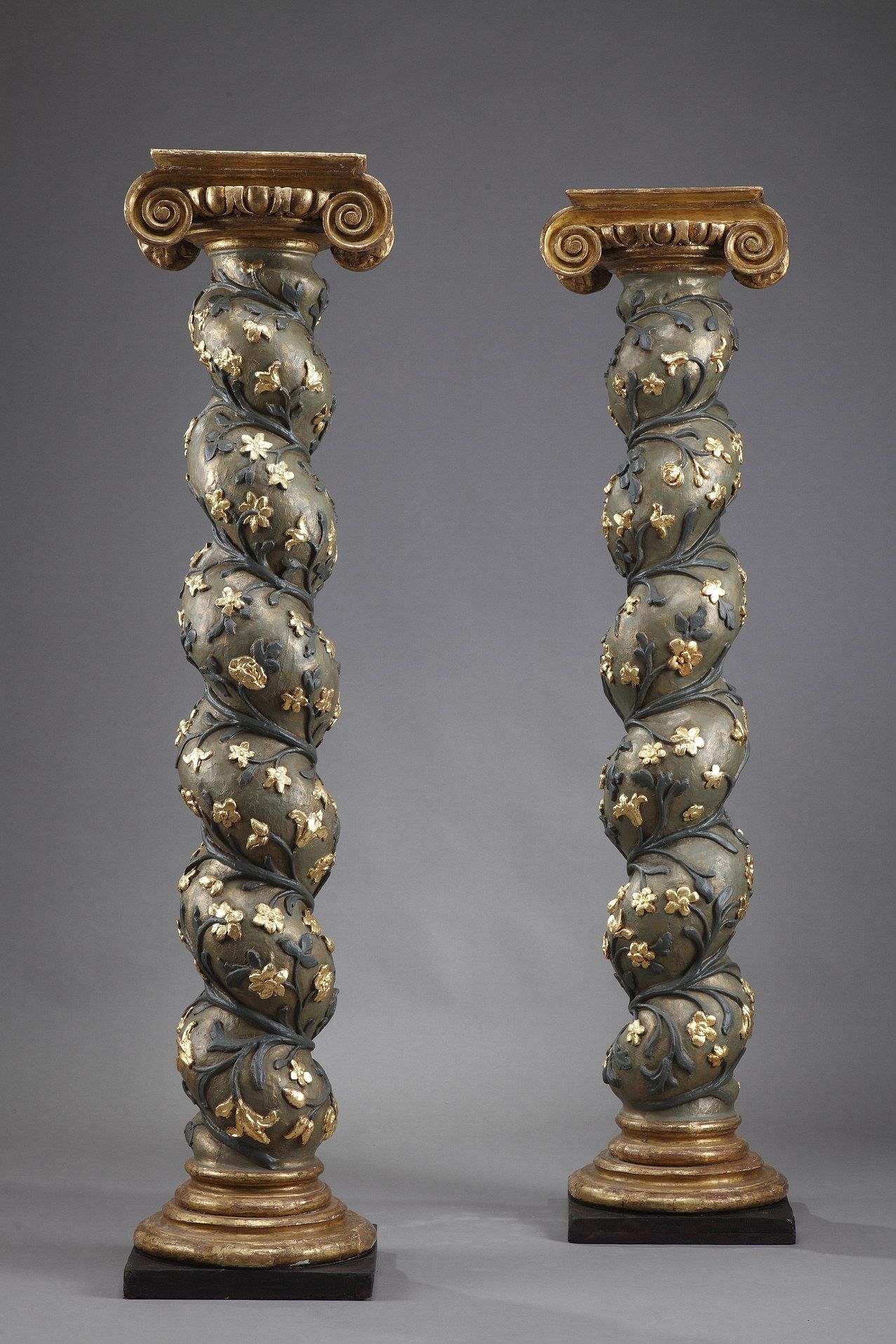Gold leaf restoration
26.02.21
Gold, a trendy decorating color
One of the decorating trends of recent years is gold. In brass, metal or gilded wood, gold furniture, lighting and decorative objects bring elegance and sparkle to any interior. Fans of this warm, refined hue, once a symbol of immortality and the divine, dare to opt for gold furniture and large-scale gold pieces. A good example is the mirror, which can be hung on the wall or placed on the table. Large Louis XVI or Napoleon IIIgold mirrors are rare, highly sought-after pieces to decorate a bedroom or living room, as are gilded wooden tables, consoles and display cases. In the living room, a gilded bronze chandelier or a pair of gold candlesticks, witnesses of another era, will sublimate the interiors with small touches..
Very large Louis XVI style mirror
Gilded antique furniture and contemporary decor
Antique furniture, steeped in history, adds character and a touch of originality to contemporary or Scandinavian interiors. Most of our gilded furniture pieces are made of wood covered in gold leaf, and are restored by our teams in our Montesson workshop. Fans of antique furniture and the color gold can find unique total gold pieces on our site .
Large giltwood console, 18th century
Louis XV planter in gilded wood
The art of tempera gilding
Inherited or unearthed in a flea market or antique shop, gilded antique furniture combines luxury, refinement and know-how. Gold leaf Gilding, practiced by gilders since Antiquity, is a meticulous and very delicate technique, which requires precise and measured gestures.
1. The first step is to prepare the support by cleaning it so that the original gilding can be preserved. When the support is missing, it is then necessary to restore it using the distemper gilding technique.
2. Once the surface has been cleaned, the "priming" consists of applying several coats of "white" (a mixture of meudon white and rabbit skin glue), before sanding to polish the primers and level the surfaces. In some cases, it may be necessary to remove and re-sculpt certain decorations.
3. The purpose of the "plate laying" is to cover the primers with a thin layer of "Armenian bowl" in order to facilitate the gluing of the gold leaf and to obtain a quality burnishing. The plate is then polished with a hard brush made of boar bristle, called a "plate dog".
4. Laying gold leaf in tempera is a meticulous process. First, the gold leaf is delicately placed on a cushion, then the surface to be gilded is wetted to allow the previously cut pieces of gold leaf to be applied with a gilding palette.
5. "Burnishing" consists of polishing the gold leaf with an agate stone in order to give it a shine. Finally, the golden parts are matted to make it uniform.
We invite you to discover the different steps of the gold leaf restoration in this video...





 Baroque twisted columns
Baroque twisted columns